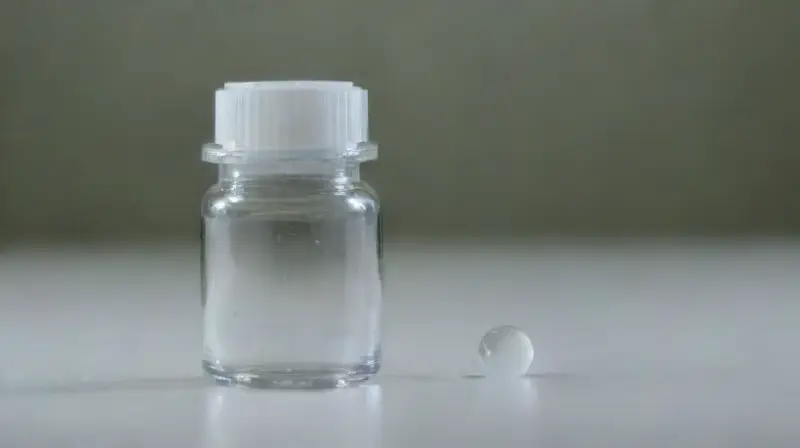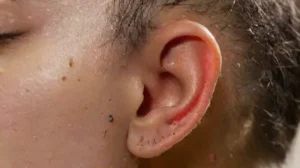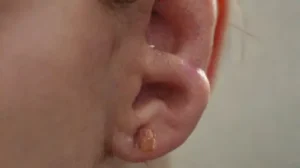Piercing has become a popular form of body modification, often celebrated for its ability to express individuality and style. However, the process of healing requires proper aftercare to prevent complications. Many individuals consider using saline solution as a natural and easy method to keep the pierced area clean.
Saline solution is widely recommended because it is believed to help reduce bacteria and promote healing. Despite its popularity, there are concerns about its effectiveness and potential risks. Understanding these risks is essential for anyone aiming to keep their piercing safe and free from infection.
Composition of saline solution
A standard saline solution contains salt and sterile water, mimicking natural body fluids. This simplicity makes it accessible and safe for most medical applications, including wound care and piercings.
However, not all saline solutions are equal. Some commercial options include added preservatives or other chemicals, which may irritate sensitive skin or interfere with healing. It’s essential to choose a pure, sterile saline solution to avoid complications.
Proper use of saline for piercings
To use saline correctly, it should be applied gently to the pierced area at least twice daily. The solution can be used as a soak or spray, depending on the type of piercing and personal preference.
Proper technique involves avoiding excessive pressure or abrasive actions that could damage tender tissue. Keeping the area clean and free from contamination is crucial for a speedy recovery and to prevent infections.
Common misconceptions about saline healing

Many believe that saline solutions are a cure-all for piercing problems. While they assist in cleaning, they do not eliminate bacteria or prevent infection on their own.
Some also think that increasing the frequency of saline application will speed up healing. However, overuse can cause dryness, irritation, or delayed recovery, highlighting the importance of following recommended guidelines.
Risks associated with homemade saline
Some individuals prefer to make their own saline solution at home using water and salt. While this might seem cost-effective, homemade mixtures often lack the proper sterile conditions needed to avoid contamination.
Incorrect concentrations or unsterile water can lead to bacterial growth or skin irritation, increasing the risk of infection. To ensure safety, it’s advisable to use commercially prepared sterile saline solutions or sterilely prepared homemade mixes.
When to avoid saline solution

In some cases, using saline might not be advisable, such as when there’s an active infection or severe allergic reactions to ingredients in the solution. If redness, swelling, or pus persist, professional medical advice should be sought immediately.
Additionally, sensitive skin or reactions to certain non-sterile ingredients can worsen with saline use. Recognizing warning signs and consulting healthcare providers are vital for proper aftercare.
Alternative infection prevention methods
Besides saline, other methods can support infection prevention, such as maintaining excellent hygiene, avoiding touching the piercing with dirty hands, and keeping the area dry.
Medical-grade antiseptics and advice from professional piercers can also be beneficial. Combining these practices with saline use can provide a comprehensive approach to safe and effective piercing aftercare.
Conclusion
While saline solution remains a popular choice for piercing aftercare, understanding its proper use and limitations is essential to prevent infection. Relying solely on saline without following additional hygiene measures can leave piercings vulnerable.
Ultimately, consulting professional piercers or healthcare providers for tailored advice is the best way to ensure safe healing. Being informed and cautious will help maintain your new piercing healthy and free from complications.







